A summer of wildlife on our reserves
Our dedicated reserve teams have been tirelessly maintaining and enhancing our vital wetlands, creating thriving habitats for both our resident wildlife and visiting species.
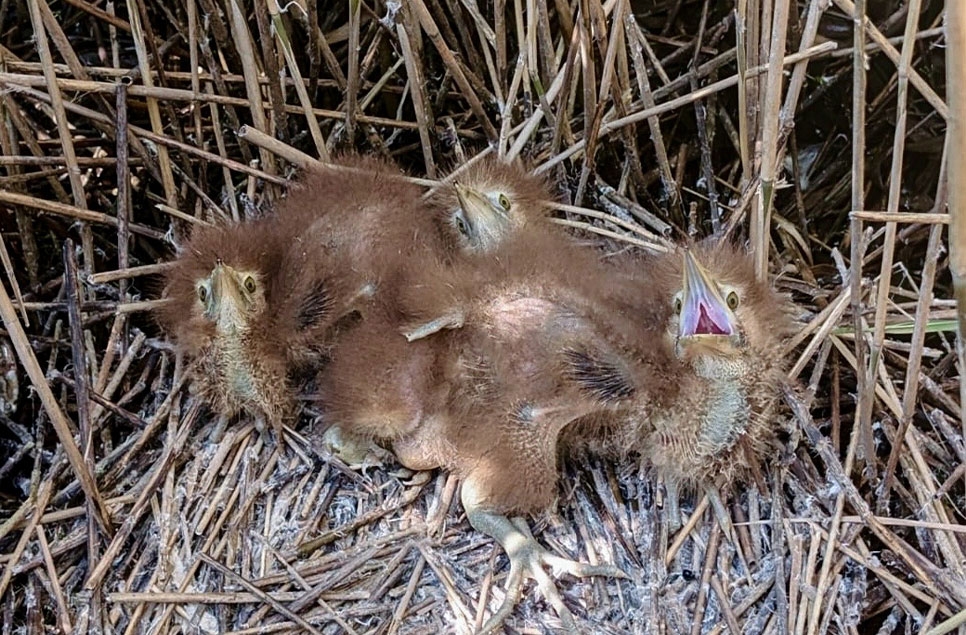
Welcome to our summer wildlife round up from WWT.
Join us as we explore this summer’s highlights across our reserves, brought to you by Leigh Marshall, our Head of Reserve Management.
Dive into the wonders of our wetlands and discover the amazing nature that lives there.
Martin Mere
Exciting news from Martin Mere: we've got bittern chicks! After a few winters of clearing scrub, diversifying reed beds, cutting channels, and adjusting water levels, we were rewarded with seven chicks from two nests. Sound up!
Waders everywhere
Our wader breeding season has been fantastic, with 27 pairs of lapwings nesting on our new scrapes, resulting in 47 fledged chicks. We also saw three pairs of redshank fledge six chicks. The avocets are also thriving thanks to our new predator fence. Despite some flooding, we managed to fledge 22 chicks. Little-ringed plovers and oystercatchers with their fledglings have also been spotted.
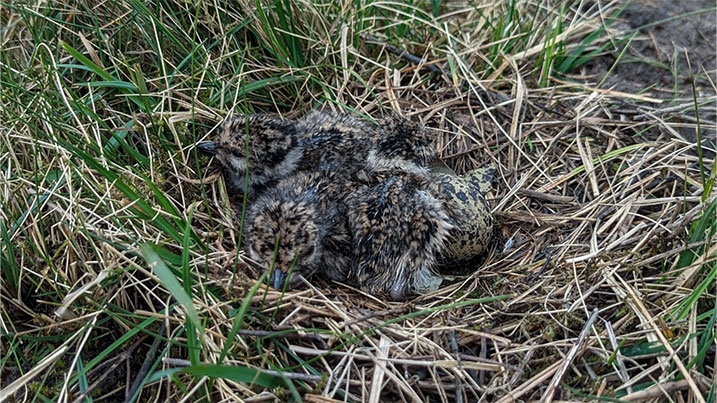
Further successes
Though common tern pairs are down due to bird flu, the remaining pairs have 12 large chicks. Black-headed gulls are doing well, and we're hopeful for the med gulls with one pair’s eggs being fertile.
We’ve spotted three pairs of kingfishers this year, with one nest near the canoe safari successfully fledging two chicks. All three nests are now working on their second broods.
Marsh harriers had a mixed season. While one nest flooded and another was predated, the remaining two nests have large chicks.
On a different note, butterfly and dragonfly numbers are down, likely due to cold and wet weather, as our surveys showed fewer sightings.
Slimbridge
This summer, one of our biggest hits has been the appearance of a white-spotted bluethroat. It attracted around 2,000 visits with its singing and displays.
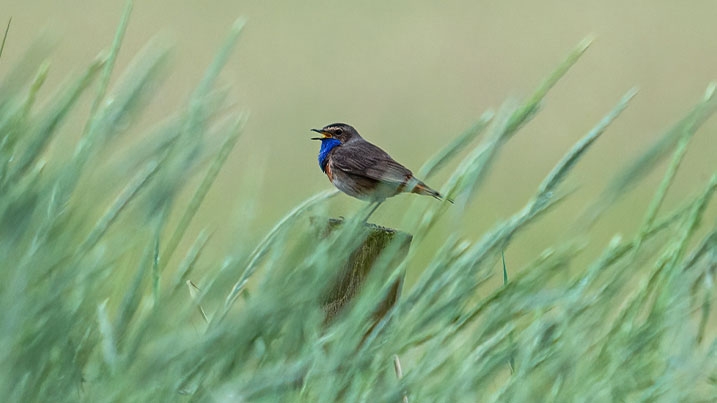
A breeding first
We were treated to something very special in July when our Senior Reserve Warden, Martin McGill spotted a female teal with her four ducklings on the Rushy, Lower Pond. This is the first breeding record for the reserve .
It’s also been good to see our cranes continuing to thrive at Slimbridge. Our ‘missing’ pair reappeared, successfully hatching a chick in the neighbouring hay fields. We now have five breeding pairs with eight chicks.
Wader woes
Our waders had a tough breeding season with heavy egg predation. Still, the avocets fiercely defended their nests in the Rushy area, with more than 36 chicks. South Lake had 18 nests, but herring gulls targeted every brood. We’ve spotted three to four marsh harriers, with one male trying to rear young with two females!
Duck breeding got off to a positive start with gadwall, tufted duck, mallard, and shelduck all hatching multiple broods and garganey nesting in the Hundred Acre.
By August our post-breeding dispersal was in full swing with staging and overwintering birds returning to the reserve! If you’re visiting, look out for spotted redshanks, green sandpipers, curlews, redshanks, lapwings, and ruffs arriving.
Insect recording started slow due to cold spring temperatures but picked up. We spotted our third golden-ringed dragonfly in June at Middle Point, and it's been a fantastic time for orchids with thousands of spikes blooming around the site.
Castle Espie
Over at Castle Espie, black-headed gulls have struggled with scattered nests. But our common terns bounced back with four pairs nesting on artificial rafts after a rocky start. Long-eared owls fledged three chicks near the woodland path, delighting visitors. Oystercatcher numbers were also up, joined by common gulls and black-tailed godwits at high tide.
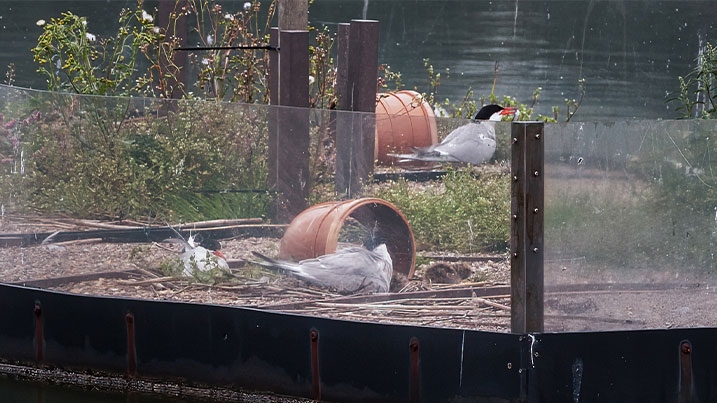
We’ve been carrying out surveys on our grasslands, bat roosts, and squirrel/pine marten activity. We've also been enhancing our predator-proof fence, tackling crassula, and prepping new grazing areas.
Caerlaverock
Tree sparrows are thriving! We’re expecting around 120 chicks to fledge from nest boxes. Our natterjacks had a better year than last, though not as stellar as two years ago.
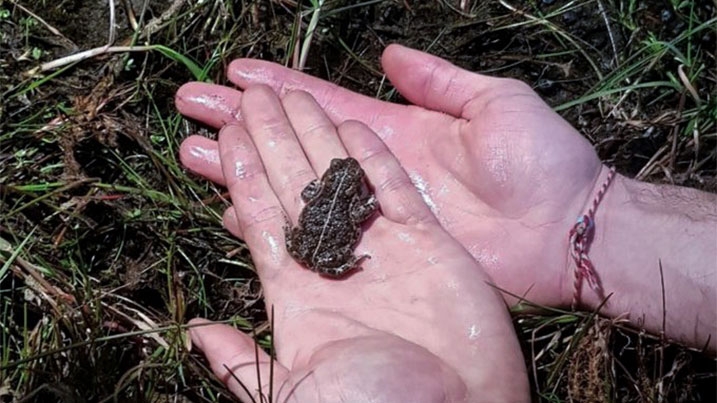
Llanelli
Llanelli is buzzing with birdlife! Little ringed plovers, kingfishers, Mediterranean gulls, willow tits, grasshopper warblers, lesser whitethroats, cuckoos, pochards, and great crested grebes were all seen nesting here. Sadly, it's been a tough year for lapwings.
Butterfly numbers are on the rise, with a white-letter hairstreak spotted over the summer. Dragonflies and damselflies are everywhere! Orchids are also having a fantastic year, with southern marsh, bee, twayblade, and pyramidal orchids in full bloom.
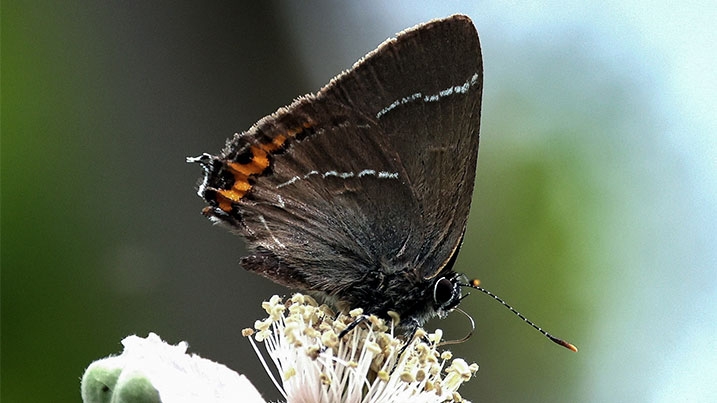
Washington
Mammals are making their mark with some exciting camera captures. We’ve spotted two separate roe deer kids hanging out with adults, and a lively weasel family of four kits, plus a cheeky water shrew stealing the spotlight!
Mixed fortunes for our birds
The grey herons are having a great year with 30 pairs nesting and lots of fledglings taking their first flights. Tufted ducks and shelducks are doing well too, with several broods hatched and fledging. On the wader front, it’s been a bit of a heartbreaker. Our avocets and lapwings (12 and 10 pairs respectively) lost their chicks to herring gulls and their cousins. But, here’s a win: a brood of redshanks made it through by hiding their chicks in thick cover until they were ready to fledge.
Common terns are struggling to bounce back after a disastrous year in 2023 because of bird flu, with only 65 returning this season. About 25 pairs tried to nest, but the black-headed gulls proved to be a problem, swooping in on the chicks as soon as they hatched. Speaking of black-headed gulls, their numbers have surged, taking over the islands once ruled by terns and contributing to the loss of many avocet and tern chicks.
Passerines have had a tough time due to the wet and cold spring, which played havoc with insect availability. Many nests failed or were abandoned, leaving behind some unfortunate dead chicks and eggs. Willow tits are still around, but finding successful nests has been challenging.
On a brighter note, the new sand martin bank built last October is a hit! At least 20 pairs successfully fledged young birds before starting on their second broods. We’re also seeing post-breeding gatherings of curlew and a few black-tailed godwits.
In the amphibian world, our great crested newts are thriving in the wildlife ponds. This season, we've spotted seven adults, two immature newts, and plenty of efts.
An elusive demoiselle makes an appearance
Caterpillar, butterfly, and moth numbers are down, but dragonflies and damselflies are holding steady. The elusive banded demoiselle has been seen a couple of times in the warmer, dry weather, so we’re expecting some egg-laying action in the ponds.
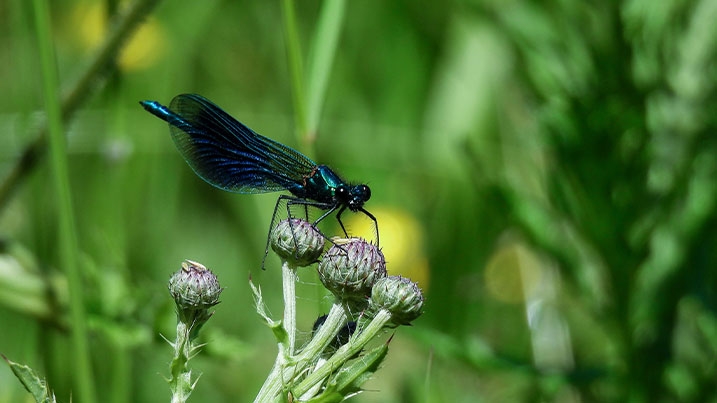
Finally, our flowers put on a spectacular show! Northern marsh orchids are thriving on the reserve, and we’re also seeing a good number of spotted and bee orchids. Ragged robin and cuckooflower are adding a splash of colour to the stream channel, making the whole place look like a botanical paradise.
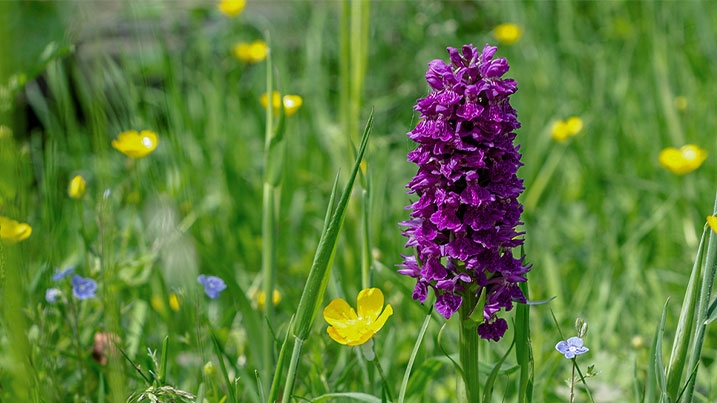
London
We had to move our oystercatcher chicks from the tern raft where they’d chosen to nest, leaving the terns still nesting there. Lapwings didn’t fare well this year. Predators like lesser black-backed gulls and herons made short work of the chicks, so unfortunately none made it to adulthood.
Wildflowers are thriving like never before on the reserve, with record heights and vibrant diversity. Yellow bartsia has been particularly dazzling.
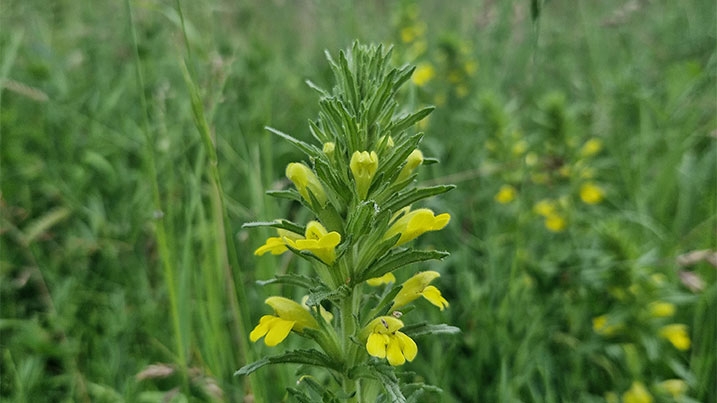
Butterflies rebounded from a soggy spring, and Norfolk hawkers counts hit an all-time high in June. We even spotted an emerald dragonfly.
Exciting changes are on the way for the way we manage our marshes! We’re planning to up the water levels year-round and tweak the fox fence to boost wader numbers and improve our wetlands for our winter visitors.
Steart
It’s been a tough year for our waders at Steart. Out of 30 avocet pairs, only three chicks made it to fledging, and the rest of the nests either failed or were predated by foxes. It’s been the same story for our oystercatchers, with three pairs producing no chicks. We saw lapwings trying to nest on Otterhampton Marsh, but no luck there either.
A splash of yellow
On a brighter note, three pairs of little ringed plovers had a win with four fledglings making it. Cattle egrets have been a regular sight, with up to 18 on the reserve, though the fate of the pair that nested nearby is still a mystery. Yellow wagtails also made a splash with three pairs nesting across the site.
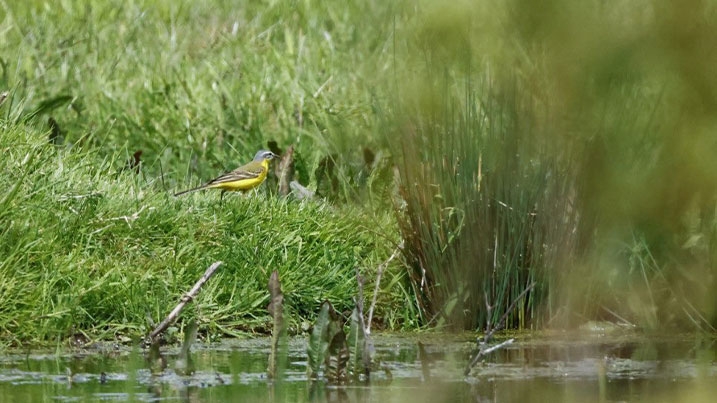
Butterfly and dragonfly numbers took a hit, likely due to the poor weather. But it’s not all doom and gloom. Our recent great crested newt surveys turned up both efts and adults in various spots.
Arundel
It’s been a challenging year for waders at Arundel too. Both lapwings and oystercatchers failed completely, with predators causing lapwings to abandon their nests and no oystercatcher chicks in sight. But it’s not all bad news—kingfishers and sand martins are thriving and were already on their second broods by July.
Cuteness overload
Our resident barn owl pair has had a successful year, with three chicks fledging, and tawny owlets are branching out, even trying out our Wetlands Discovery box.
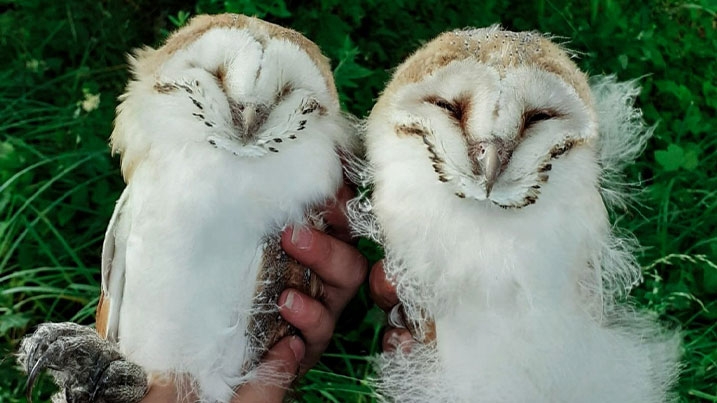
In the plant world, orchids and ragged robin put on a stunning show. Despite a drop in butterfly and moth numbers, our moth mornings were a real success. We’ve also had yellow loosestrife bees, common clubtail dragonflies, lunar hornet moths, and glow worms on show.
Reptiles were loving the sunny weather, with six grass snakes in one spot and some giant slow worms in another. We’ve also had common lizards basking on rails, which have provided some great photo opportunities.
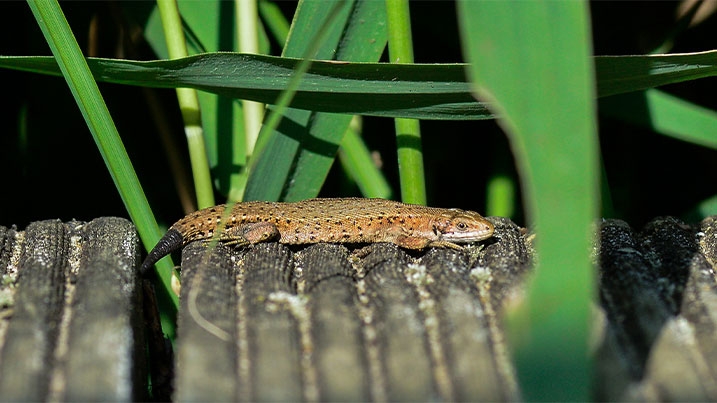
Bat sightings included all three pipistrelles, noctules, Leisler’s bats, serotines, whiskered bats, Daubenton’s bats, and brown long-eared bats. We missed Nathusius’ pipistrelle for tagging this spring but spotted two male whiskered bats and six pregnant female soprano pips.
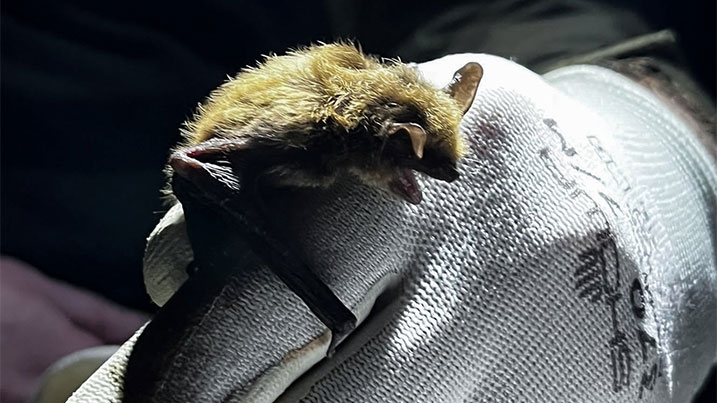
Visitors to the rescue
Finally, after a dry spell, welcome rainfall brought out the common toadlets. As they emerged from the ponds and ditches around our entrance, visitors were kept busy, rescuing them before they hopped all their way to reception!
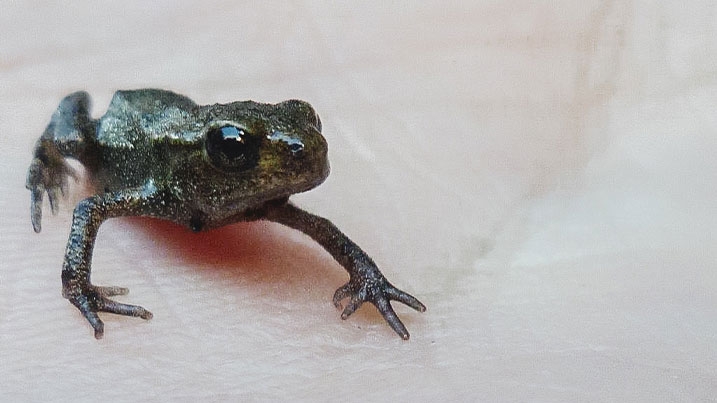
Welney
Breeding season on the Ouse Washes has been challenging this year, thanks to winter and spring floods. Luckily, the Lady Fen complex came to the rescue for our waders. We're thrilled to report ten breeding pairs of black-tailed godwits, with one pair fledging a chick here for the first time since 2017! A big shoutout to the Project Godwit team, who have been tirelessly headstarting godwits to boost their numbers.
Hatching highlights
Despite water levels and predators causing trouble, we've seen chicks hatching all over—snipe, lapwing, avocet, redshank, and oystercatchers. As water levels dropped over the summer, we saw our ducks thriving too, with sightings of elusive garganey ducks, shoveler, tufted duck, gadwall, shelducks, and mallards.
Other highlights? Four pairs of marsh harriers, a pair of common terns, and whooper swans all nested successfully. We also saw tree sparrows – a rarity for Norfolk - continue to thrive on the reserve.
A Savi’s sighting
Welney is also involved in the recovery project for corncrakes. So we were delighted to see record numbers ‘crexing’ on the washes, with 5 spotted across the reserve over the summer. Then in June, we saw a real highlight, when a Savi’s warbler appeared. With fewer than five breeding pairs in the UK per year, this was a rare opportunity to see and hear this little brown bird.
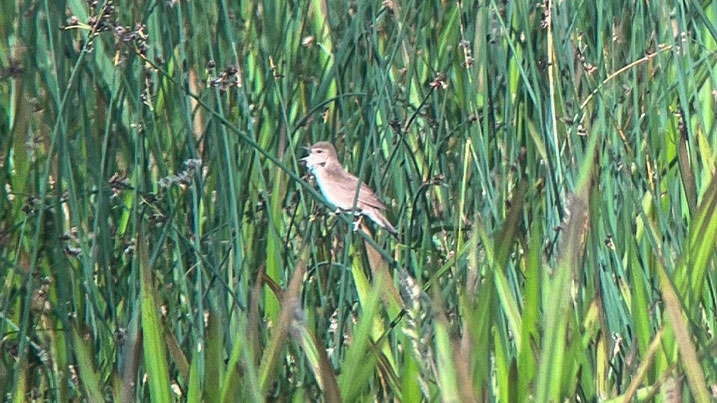
As the season draws to a close, we're now seeing autumn waders like green sandpipers, spotted redshank, and Icelandic black-tailed godwits. We’re also getting regular sightings of cranes and a spoonbill has also been spotted.
Ready to get your nature fix?
Each of our centres offers the most wonderful wildlife encounters. And with autumn just around the corner heralding the arrival of our winter visitors, there’s even more for you to see.
Not a member? Book online and save time on arrival.
Find your nearest wetland site


